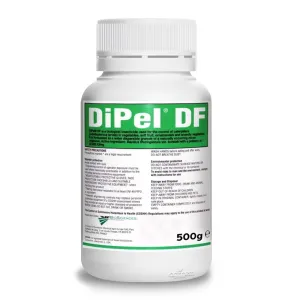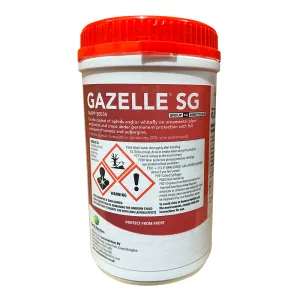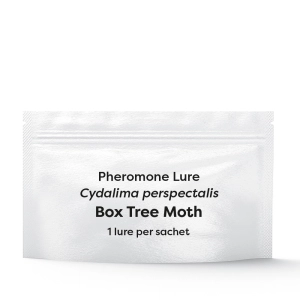What Are They?
It is the caterpillar of the box tree moth which causes the most damage. Each adult moth will lay up to 20 eggs on the leaf of the box plant. The adult is normally white with a brown edge and a brown spot on the wing. The larvae (caterpillars) are green with brown lines and a black head but as they go through pupation they become light brown with a pattern on the end. While the caterpillars are feeding they will spin a web over themselves. When the caterpillars pupate they will also produce a white web in which to hide. When the caterpillars pupate in the leaves and branches, they will produce a white web in which to hide.
What Do They Do?
The caterpillars will eat the leaves of the box plant. They can leave a plant completely leafless. This can look like the plant is dying back but musn't be confused with box blight. While the caterpillars are feeding they will spin a web over themselves to hide.
Identification:
A white web with the caterpillar or pupae inside. Eaten leaves or you can often see frass (or poo) from the caterpillars as dark brown/ black specks collecting on the leaves.
Control:
Before using specialist methods of control, we recommend using a Box Tree Moth Trap to esatablish the extent of the infestation. The trap will also help to reduce the population of moths.
We recommend using a specialist insecticide such as:
- Dipel
- Hallmark Zeon
- Decis Protech or Forte
- Gazelle
As well as a Box Tree Moth Trap, we recommend using a specialist insecticide such as Dipel as it is specially designed to target caterpillars in a range of situations, including outdoor and protected crops.
For more information on controlling box tree caterpillars, please get in touch with our sales team on 01522 246491.








